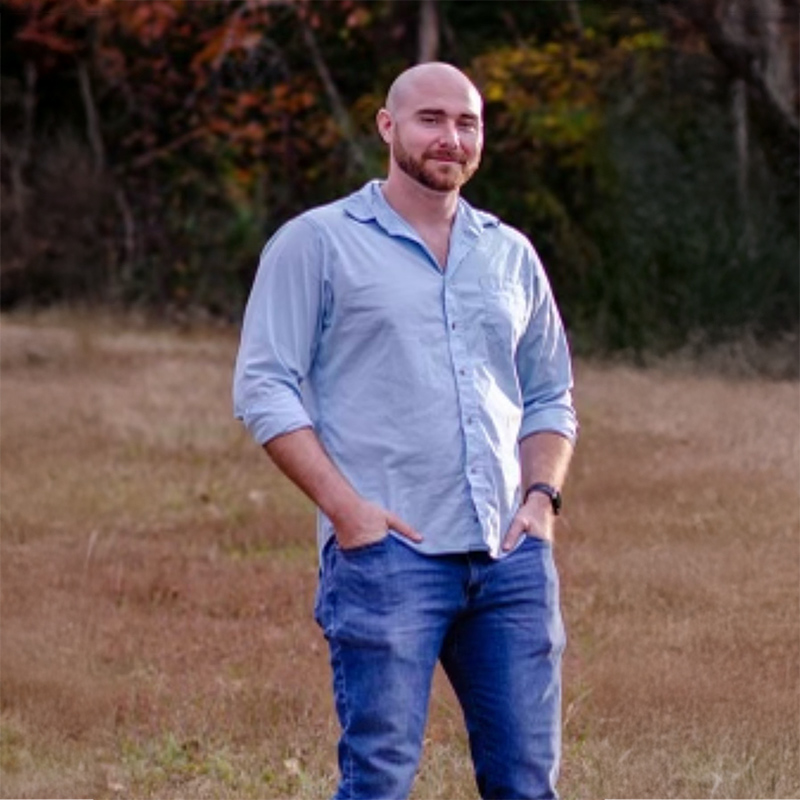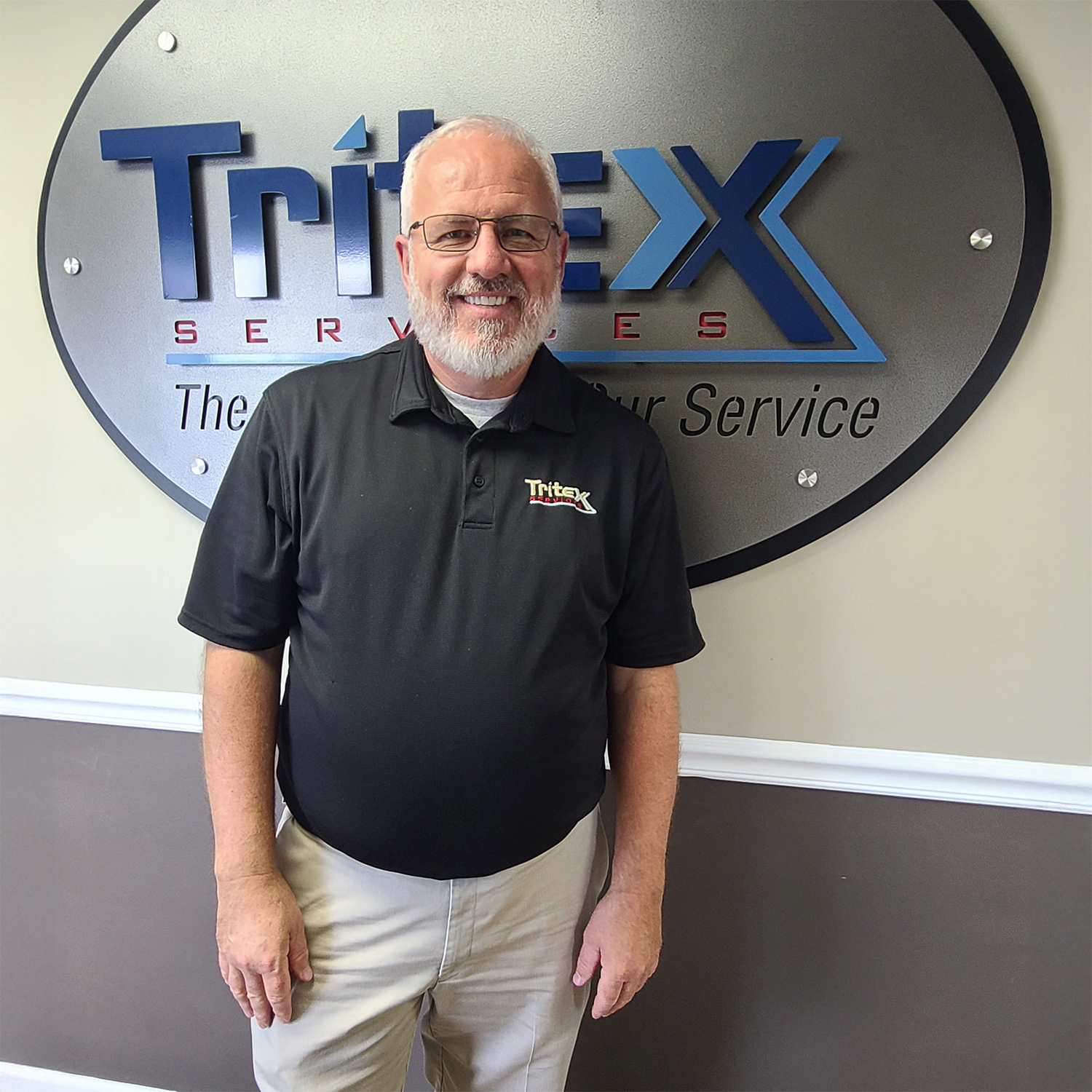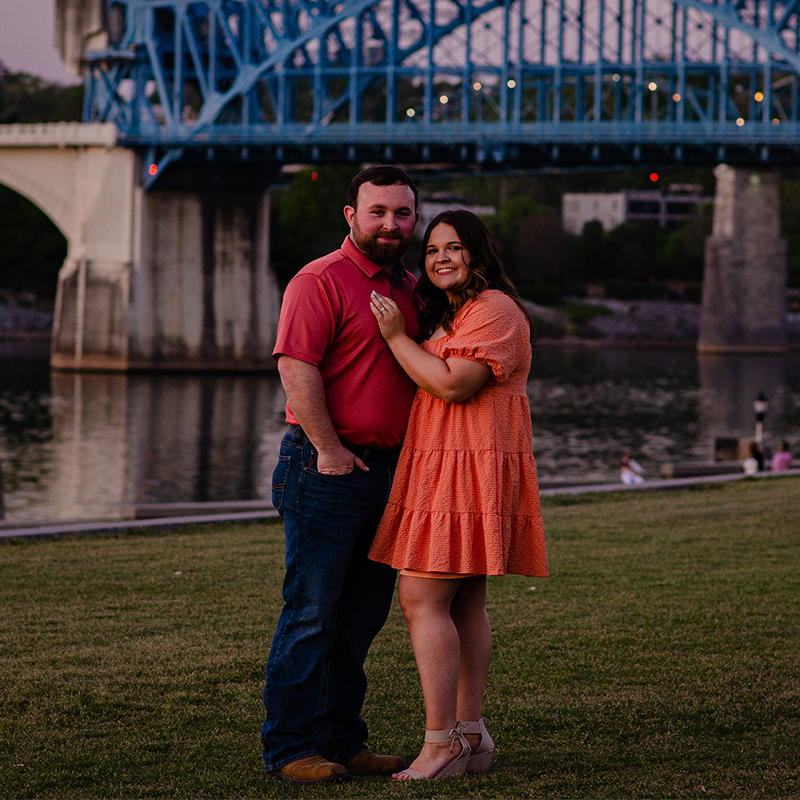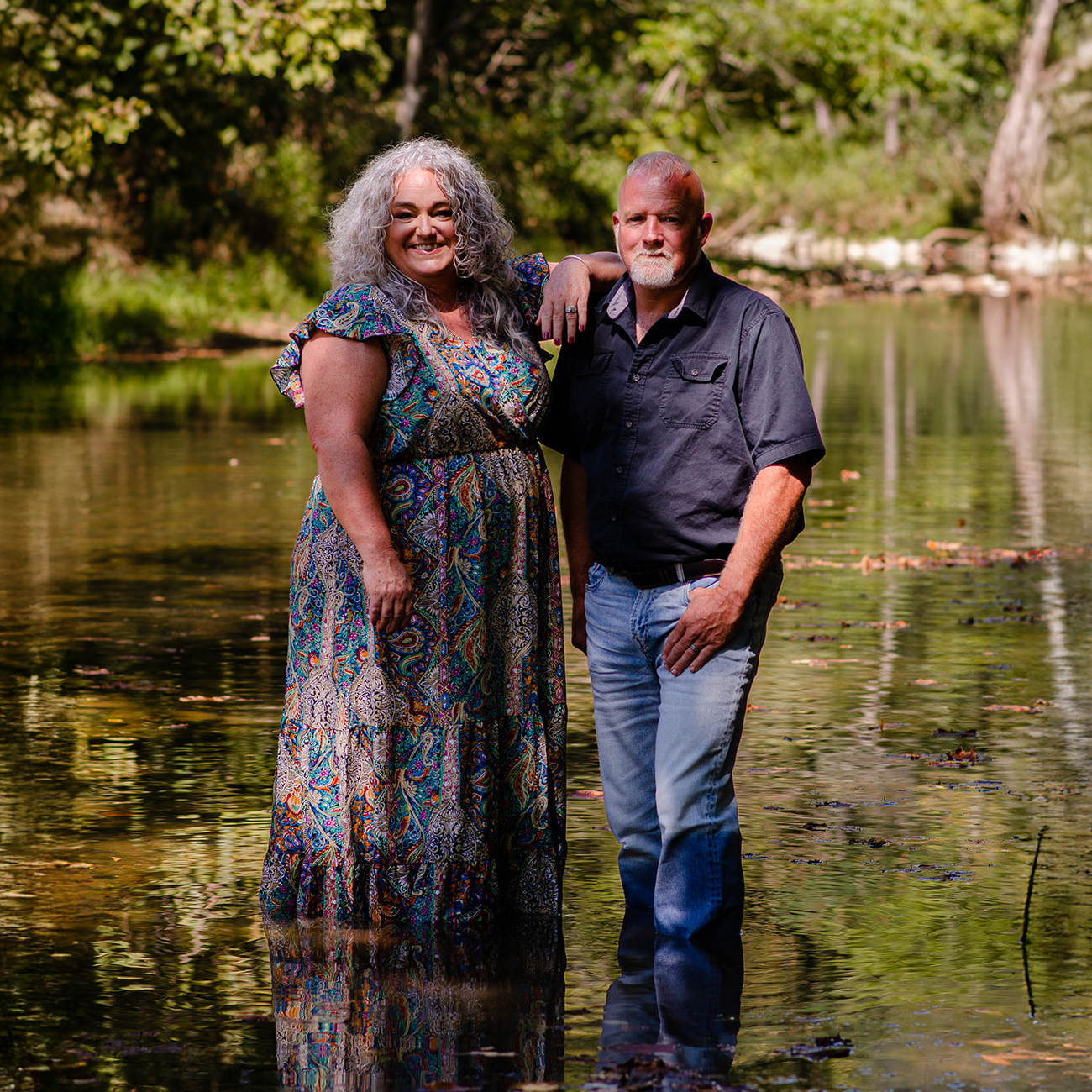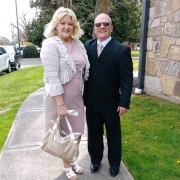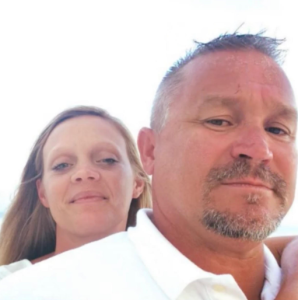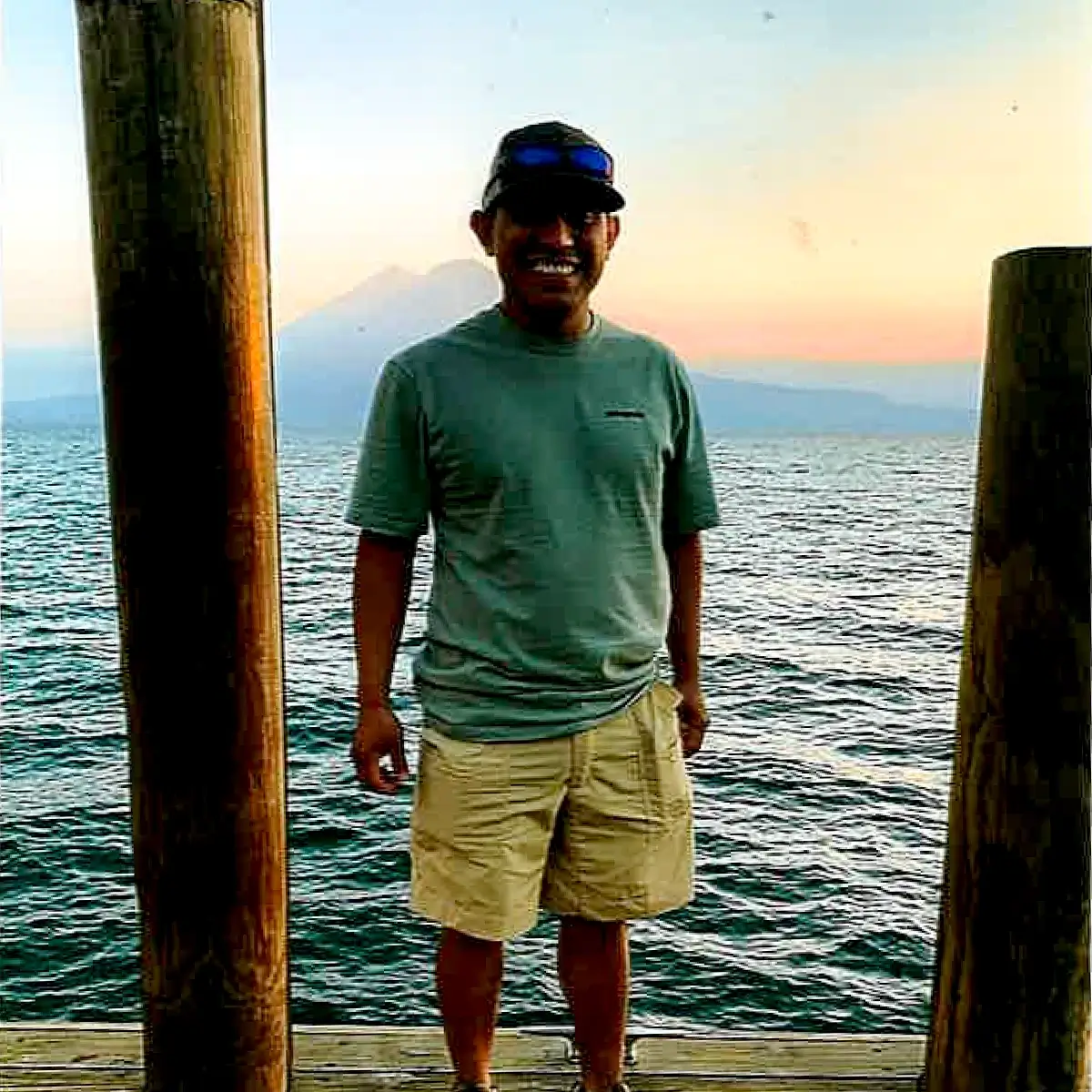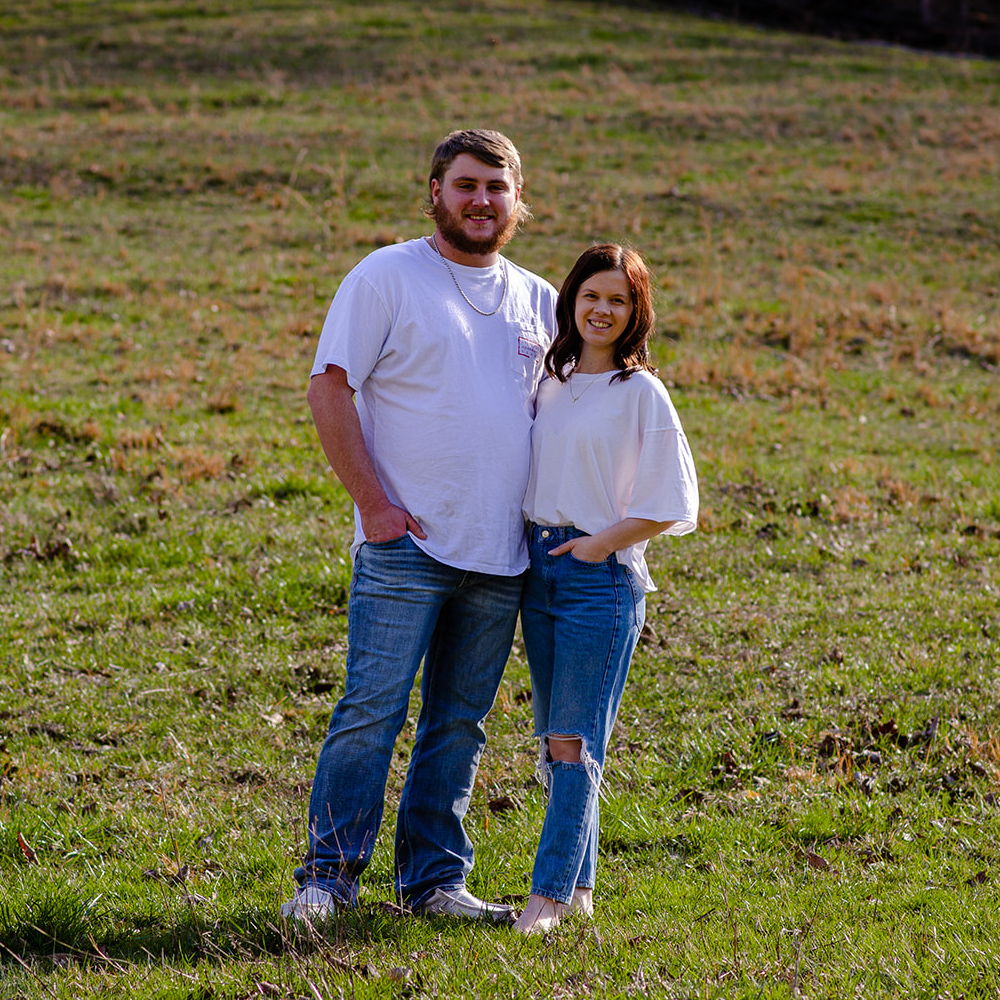COMPANY NEWS
What are Slip-and-Fall Accidents?
- February 07, 2019
- 0 Comments
- Company Blog
- Tritex Services
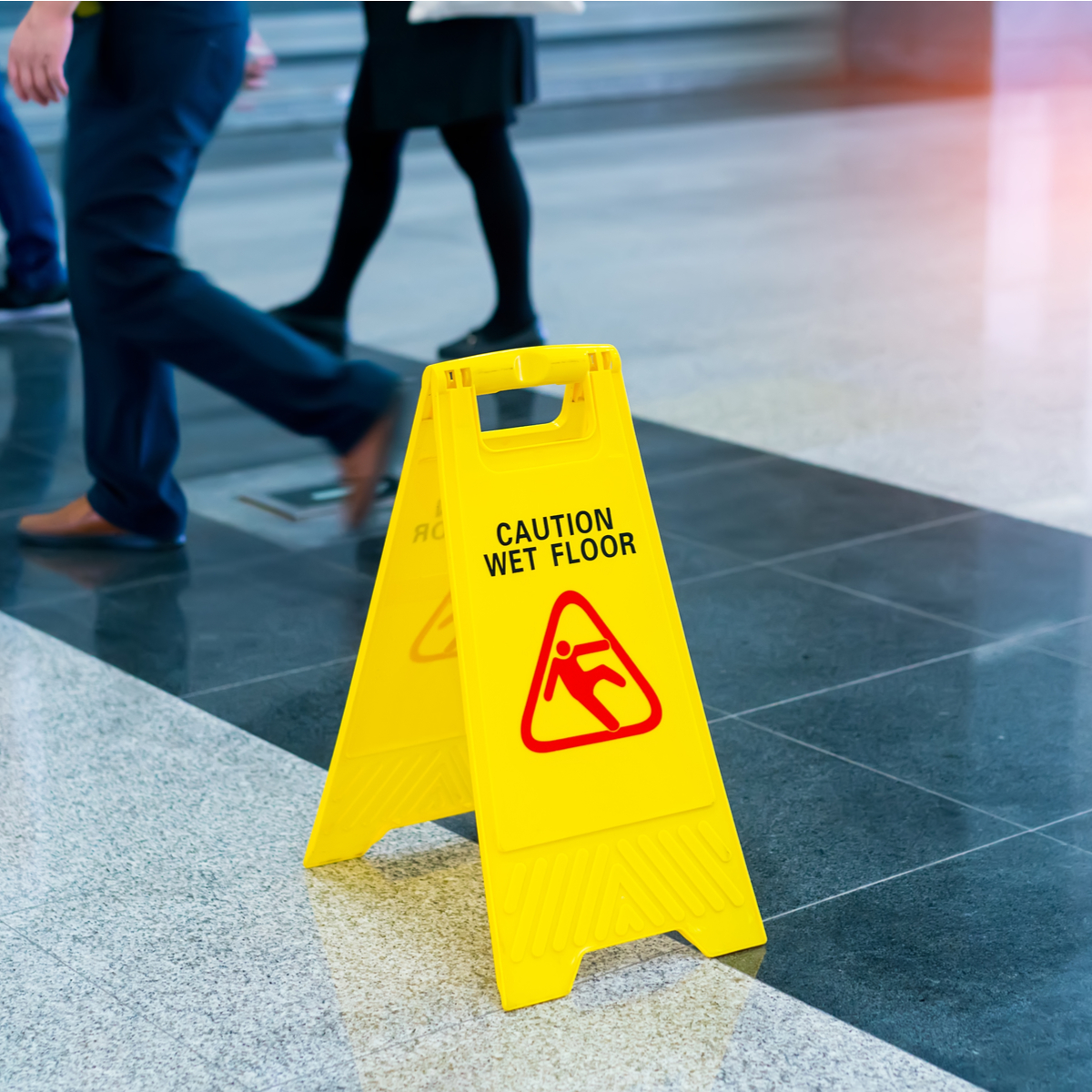
Fall accidents are the second leading cause of deaths on the job and the biggest cause of Traumatic Brain Injury (TBI) in the United States.
On top of the grave threats of injury and long-term disability, these unfortunately common accidents are also costly, accounting for millions of dollars annually in damages and insurance claims.
More than a safety directive, it is a moral obligation for every business owner to place safeguards – both for the benefit of your employees and clients – against slip-and-fall accidents.
Defining Slip-and-Fall Accidents
There are generally two categories of slip-and-fall accidents: elevated falls and same-level falls. Elevated falls, as the name implies, occur when a person falls from a height. It is the lesser common accident as far as the frequency of occurrence is concerned, and accounts for 35% of all falling accidents. However, the severity of the injuries that come from these kinds of falls and the risk of death are higher than in same-level falls.
Same-level slip-and-fall accidents account for 65% of all fall accidents with injuries ranging from bruises to broken bones to head injuries.
What Are Your Business’ Liabilities in Slip-and-Fall Accidents?
Slip-and-fall accidents can occur anywhere – including your place of business. Should it happen to your employees or your customers, you can be held responsible for compensating the victim if:
- Your place of business is under hazardous conditions
- You have failed to provide warnings in potentially hazardous areas
- Your facility is not up to par with building safety standards
- You have not provided for a safe environment for your workers/customers
These liabilities could cost you financial and legal strains, which is why it is important to get safeguards in place against slip-and-fall accidents.
How Slip-and-Fall Accidents Happen and How to Prevent Them
To protect both your business and your employees, as well as your customers from the dangerous and costly risks of slip-and-fall accidents, you need to know how to stop them from occurring. Here are the most common causes of slip-and-fall accidents and what you can do to keep these areas safer:
- Icy Surfaces. Keep the conditions on your walkways and pavements ideal especially in the winter. You can do this by ensuring that there are no leaks and cracks where ice could form. Treat areas with de-icers should there be snow and ice buildup.
- Wet Surfaces. Keep floors dry at all times using high-quality wet mops that can effectively sop up all the moisture. Put warning signs in place so people will be adequately cautioned and steer away from dangerous areas. In areas where moisture is unavoidable, ensure that there is proper drainage to prevent water buildup on the floor and install high-adhesion mats in places where people stand/walk around frequently to keep dry.
- Contaminants on the Floor. These contaminants can be anything from grease to chemicals. Treat these contaminants promptly and properly with the use of the right mops.
- Irregular Floor Surfaces. An unusual hump, an unexpected slope, maybe even a stray inclination on the floor are all tripping and slipping risks that could potentially end up in fall accidents. Make sure that your floor surfaces are even in all areas.
- Inadequate Lighting. Make sure that areas are adequately lighted. Replace faulty lighting fixtures promptly and pick fixtures that evenly light up the floor as opposed to casting shadows that could warp perspective and vision.
- Step Stools and Ladders. Make sure stools and ladders are in good, safe working condition. Test each rung adequately before mounting and discard/repair at first signs of decay or damage.
- Stairs. Free stairs of clutter, wiring, and make sure they are even. Avoid over-polishing them and make sure the edges are equipped with anti-slipping mechanisms (e.g. treads and nosing). Should the stairs be carpeted, make sure they are properly stuck in place to avoid wrinkles and folds that could cause trips.
- Tripping Hazards. Free floors and walkways of clutter. Keep wires closely and neatly tucked away from open floors. Arrange furniture in a way that leaves enough room for people to move around in. Clean floors adequately.
- Poorly-Conditioned Matting. Old, poorly-maintained mats tend to fold at the edges and become tripping and slipping hazards. Discard these mats immediately and replace your mats regularly to ensure that your mats are in their best condition. When picking commercial mats, choose ones that have sufficient and high-quality rubber backing to ensure that it effectively adheres to the flooring to avoid slip-and-fall accidents.
Protect your business from the risks and costs of slip-and-fall accidents. Prepare, be informed, and follow these tips for safer floors for your employees and clients alike!




